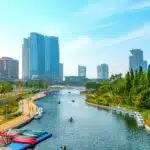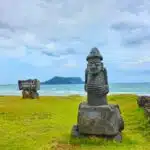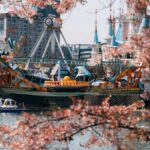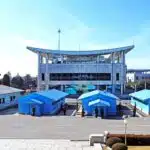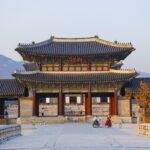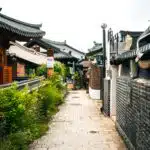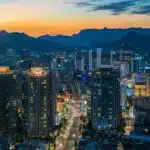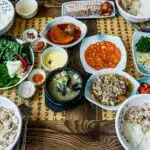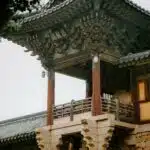Busan, South Korea’s second-largest city, is a dynamic coastal metropolis renowned for its stunning beaches, bustling markets, and rich cultural heritage. Located on the southeastern coast, Busan offers a captivating blend of traditional Korean charm and modern urban amenities.
The city is famous for its vibrant seafood scene, particularly at Jagalchi Market, where fresh catches are sold daily. Historical landmarks such as Beomeosa Temple and the ancient Gamcheon Culture Village showcase Busan’s deep-rooted history and architectural beauty. Visitors can unwind at Haeundae Beach, one of Korea’s most popular stretches of sand, or explore the bustling shopping districts and lively nightlife.
Busan also hosts international events like the Busan International Film Festival, highlighting its role as a cultural hub. With its picturesque coastal views and welcoming atmosphere, Busan promises a memorable experience for travelers seeking both relaxation and exploration.


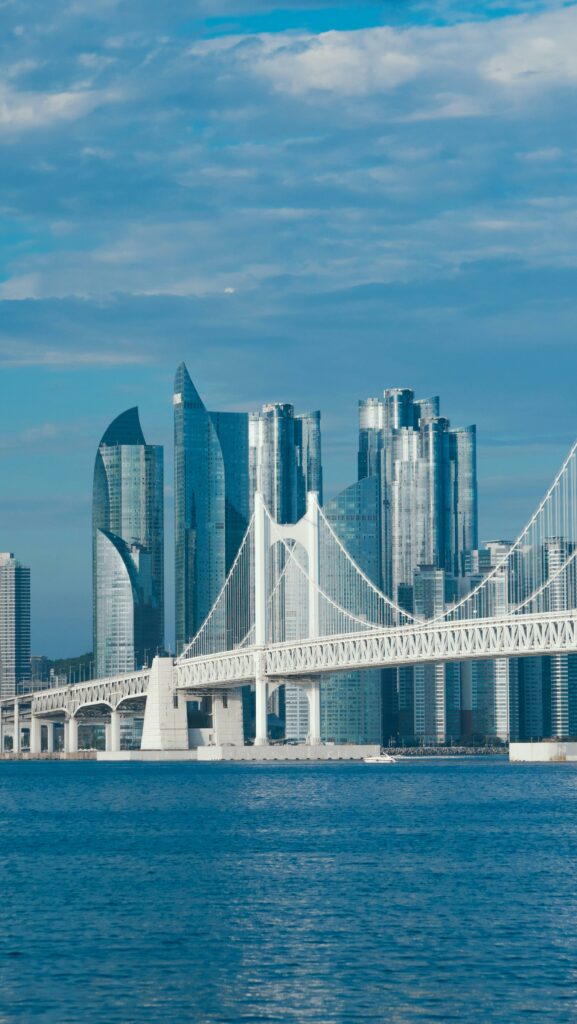


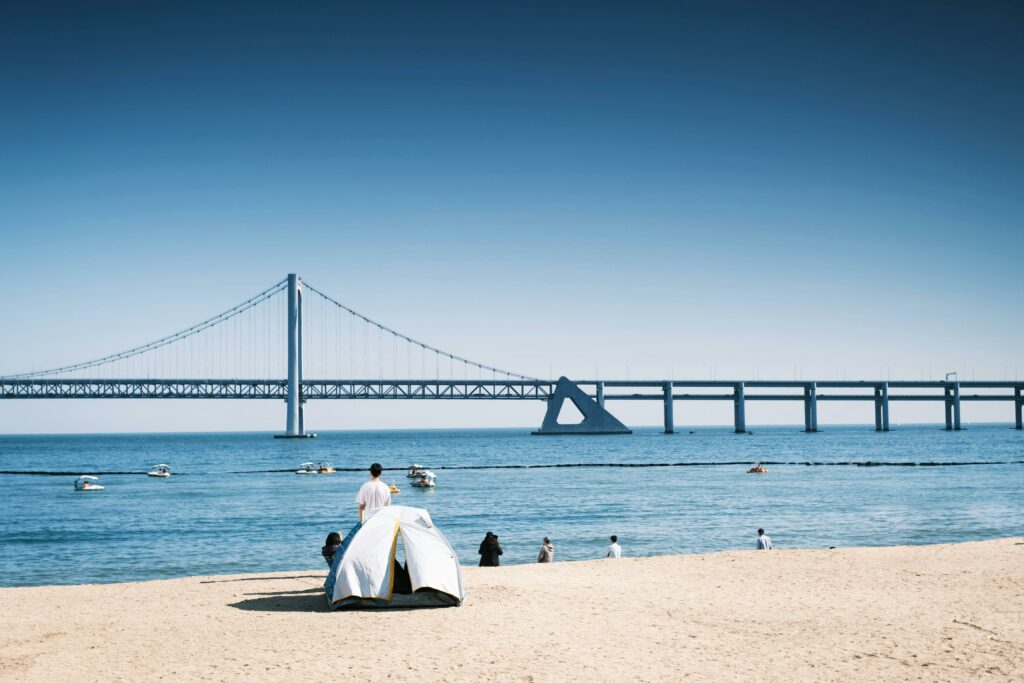
What to Visit in Busan
- Haeundae Beach: Famous for its golden sands and clear waters, Haeundae Beach is a popular spot for relaxing, swimming, and beachfront dining.
- Jagalchi Fish Market: Korea’s largest seafood market, where you can experience bustling stalls selling a wide variety of fresh seafood. Don’t miss trying some raw fish dishes here.
- Beomeosa Temple: A historic Buddhist temple founded in 678 AD, nestled in the mountains northeast of Busan. It offers a peaceful escape and stunning views of the city.
- Gamcheon Culture Village: Known as the “Machu Picchu of Busan,” this colorful hillside village features vibrant murals, art installations, cafes, and galleries.
- Busan Tower: Located in Yongdusan Park, this iconic tower offers panoramic views of Busan’s skyline and harbor. It’s especially beautiful at night.
- Gwangalli Beach: Another popular beach in Busan known for its picturesque bridge, cafes, and restaurants lining the waterfront.
- Haedong Yonggungsa Temple: ocated on the northeastern coast of Busan, South Korea, is a unique and picturesque Buddhist temple renowned for its stunning seaside setting.
- Dalmaji-gil Road: A scenic coastal road in Haeundae offering stunning views of the sea and cherry blossoms in spring.

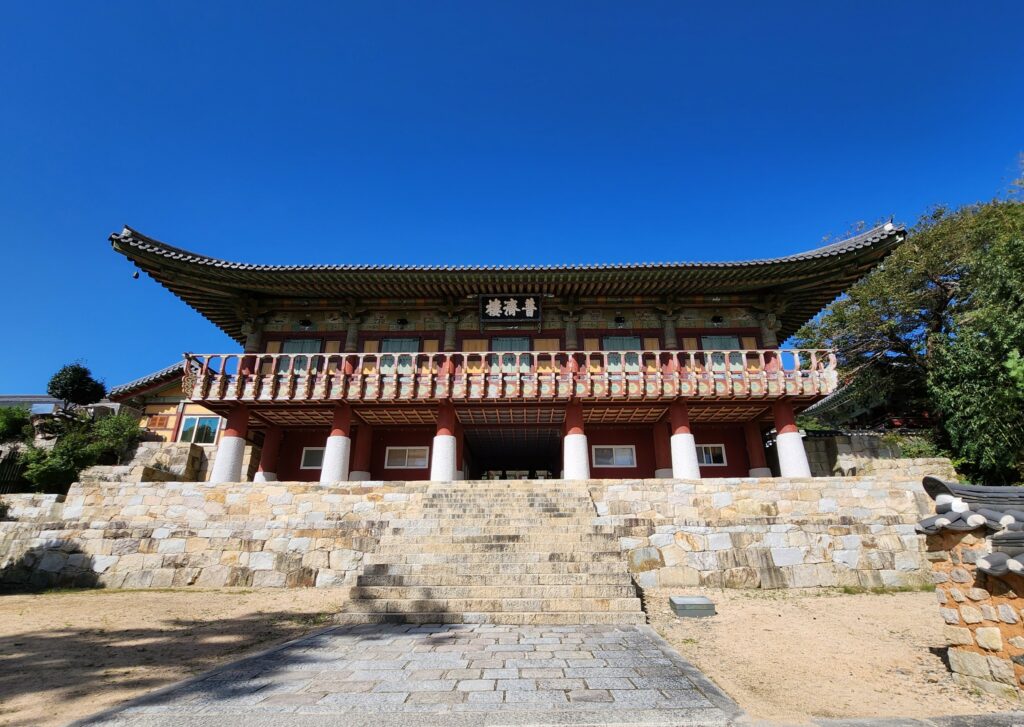
Tips for Visiting
- Transportation: Use Busan’s efficient subway system and buses to get around. Taxis are also readily available and can be convenient for reaching specific destinations.
- Language: While English signage is becoming more common, learning a few basic Korean phrases can be helpful, especially in local markets and restaurants.
- Currency: South Korean Won (KRW) is the local currency. Credit cards are widely accepted in most places, but it’s good to have some cash for small vendors.
- Weather: Summers can be hot and humid, while winters are cool. Spring (April to June) and autumn (September to November) are generally the best times to visit for pleasant weather.
- Local Cuisine: Don’t miss trying Busan’s specialties like milmyeon (cold wheat noodles), dwaeji gukbap (pork soup), and ssiat hotteok (sweet pancakes with seeds).
- Respectful Travel: Be respectful of local customs and traditions, such as covering shoulders and knees when visiting temples, and refrain from taking photos without permission in certain areas.
Visiting Busan offers a perfect blend of cultural exploration, scenic beauty, and delicious cuisine, making it a memorable destination for travelers exploring South Korea.


